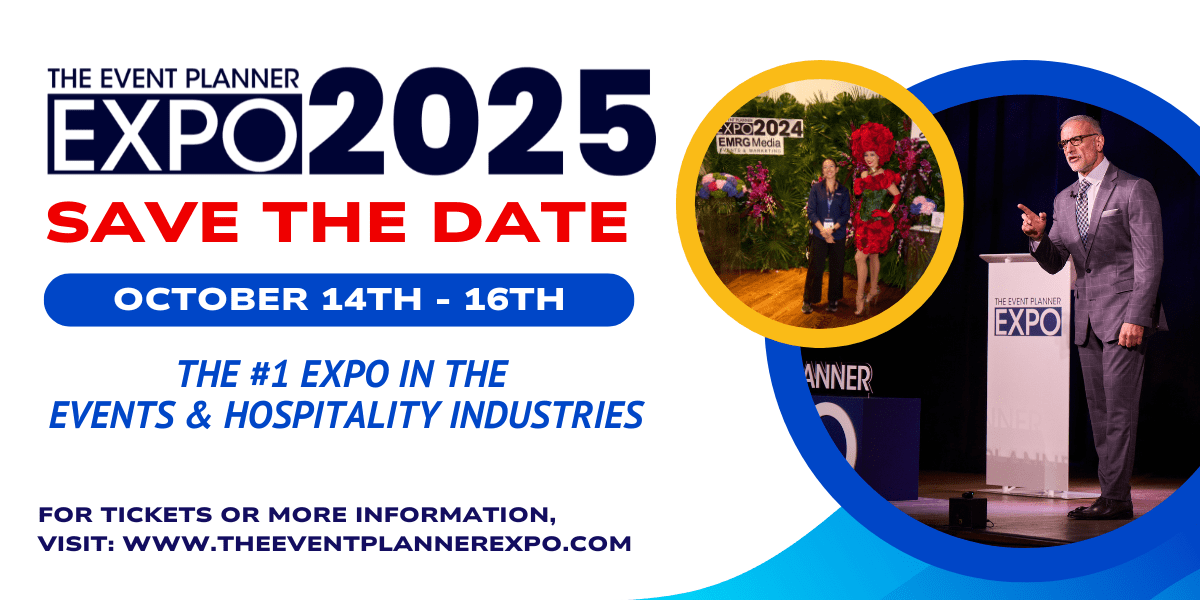Event Budgeting 101: Keeping Costs Down Without Killing the Vibe

Balancing a dream event with a real-world budget feels… tricky.
One minute you’re picturing candlelight dinners and statement décor. The next, your spreadsheet brings you crashing back to reality.
But here’s the truth. A tight budget doesn’t have to kill the magic. It just forces you to get clever. Strategic. A little scrappy in all the right ways.
Whether it’s a corporate mixer in Midtown, a product launch in SoHo, or a private rooftop dinner overlooking the skyline, the same rule applies. Money doesn’t make an event memorable. Thoughtfulness does.
Step One: Get Clear on What Actually Matters
Before you throw numbers around, pause. Ask yourself what the event is really about. Is it networking? Brand impact? Pure celebration?
Once you know the “why,” the “how much” gets easier.
Focus your funds where it counts. If connection is the goal, invest in a layout that sparks conversation. If wow-factor is the goal, maybe lighting or immersive tech gets a bigger slice.
The point is, don’t spread your budget thin trying to do it all. Do a few things brilliantly.
Step Two: Separate the Must-Haves from the Nice-to-Haves
Every event pro knows the list grows fast. Venue. Food. Entertainment. Décor. Content capture. Staffing.
Start by breaking it into two piles:
-
- The essentials (the parts guests actually notice)
- The extras (the things only you might care about)
This small act saves thousands. And sanity.
Step Three: Plan Like You Mean It
Get real with your estimates. Ask vendors for quotes. Then a few backups. Include the sneaky costs no one likes to mention, such as taxes, gratuities, permits, and setup fees.
And yes, always keep a little cushion.
10-15% tucked away for the “didn’t-see-that-coming” moments. Because they always come.
Step Four: Cut Smart, Not Deep
You don’t need to strip away the experience to save money. You just need to get inventive.
-
- Venue hacks: Off-peak dates, weekday bookings, or creative spaces (think galleries, lofts, even courtyards).
- Tech tools: Use platforms like HoneyBook or Aisle Planner to streamline comms and cut admin costs.
- DIY touches: A playlist can replace a DJ. Minimalist tablescapes with good lighting can outshine heavy décor.
- Vendor deals: Negotiate. Bundle. Ask for package flexibility. Vendors want to work with planners who know their stuff.
It’s not about doing less. It’s about doing smarter.
Step Five: Keep Your Eyes on the Experience
Guests rarely remember the budget. They remember the vibe.
Focus on comfort, flow, and those little personal touches. Maybe it’s a custom scent in the entrance. Maybe it’s handwritten name cards. Maybe it’s just that everything runs smoothly and feels intentional.
That’s luxury without spending like it.
Step Six: Track and Tweak as You Go
Budgets aren’t static. They’re living, shifting things.
Use a simple spreadsheet or your favorite app. Update it weekly. Adjust early when something starts to drift.
Nothing feels better than hitting event week knowing your finances are exactly where they should be.
The Real Flex in 2025 (And 2026)
The real flex isn’t the most expensive event. It’s pulling off something that feels high-end while knowing you kept it lean, clean, and strategic.
That’s what smart planners are doing this year…marrying creativity with control.
Because at the end of the day, the event isn’t about how much you spent. It’s about how it felt to be there.
And that? That’s priceless.
If you want more ideas, insider tools, and industry connections that can help you elevate your next event, don’t miss The Event Planner Expo!
Be part of the conversations shaping the future of event design, strategy, and experience.
